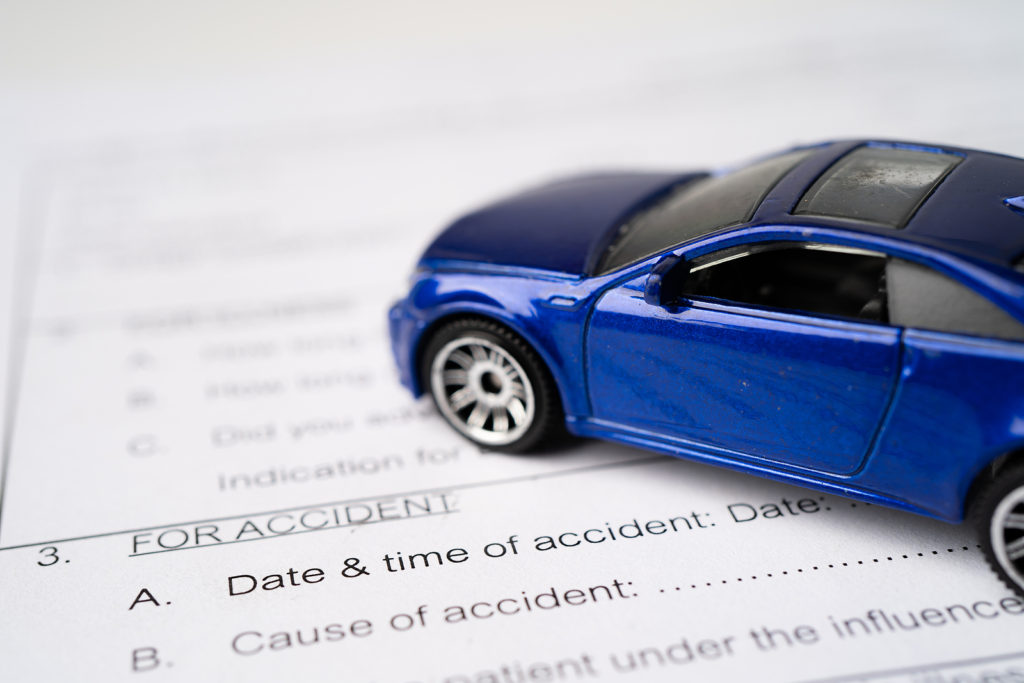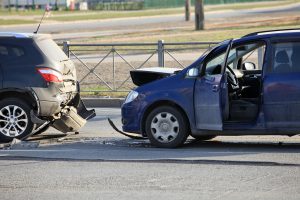After being injured in a car accident in Indiana, one of the most common questions heard by personal injury lawyers is the question of whether or not there auto insurance policy to cover their medical bills and other related accident expenses. If you are a recent victim of an auto accident, it is important that you understand your rights to pursuing legal action against the party who is responsible for your damages and losses, including such costs and more.
Continue reading to learn the minimum liability limits in Indiana for auto accidents, and how to get started on personal injury car accident claim so that you may recover the full and fair compensation you deserve.

Insurance Policy Coverage for Auto Accidents
Insurance companies are required by law to offer certain coverages for injuries and damages sustained by people. However, sometimes there is not enough insurance coverage to cover the full damages and losses suffered by an auto accident victim, including future damages like ongoing physical therapy, future pain and suffering or loss of ability to earn an income. Most often, car accident victims assume their costs will be covered, but then later discover there are major coverage gaps in their policy or the defendant’s insurance policy.
These days, cheap state-minimum insurance is common and/or the defendant may have no auto insurance at all. With the help of a seasoned Indianapolis Indiana accident lawyer, car accident survivors can obtain the full and fair compensation they deserve for their medical bills, hospital bills, lost wages, pain-and-suffering, and much more.
Minimum Liability Limits in Indiana
Bodily Injury –
Minimum $25,000 Per Person/$50,000 Per Accident
If the defendant is insured, this is the minimum coverage most defendants in Indiana have.
Uninsured and Underinsured Motorist Coverage
Here in Indiana, all registered drivers can purchase uninsured and underinsured motorist coverage. In the case of a car accident, you can collect your damages from your own insurance policy if the at-fault driver is uninsured or underinsured. Because state-minimum insurance is usually so inadequate or even non-existent, everyone should purchase uninsured and underinsured motorist coverage through their own insurance carrier.
For example, let’s say a person is rear-ended in a collision and incurs $40,000 in medical bills, $5,000 in lost wage and obviously, pain and suffering. The defendant may only have $25,000 and the injured person collects that amount from the defendant’s insurance carrier. If the injured person has $100,000 in underinsured coverage, they can collect up to an additional $75,000 from their own insurance carrier in settlement of their injuries and damages sustained in the wreck.
It is vital that you retain a skilled car accident injury lawyer in Indianapolis, Indiana.
If you were recently injured in a car accident, semi collision or slip and fall where you were significantly injured, it is important that you act fast before the statute of limitations runs out on your case, or evidence is lost that would support your claim. Contact the Law Office of Craven, Hoover, and Blazek P.C. at 317-881-2700 and schedule a free case evaluation with a seasoned Indianapolis IN car accident attorney, today. We represent injured persons throughout the state of Indiana and Indiana residents injured in other states.
You Might Also Read:
Why Choose Us for Your Indiana Car Accident Personal Injury Claim
The Most Common Types of Damages Awarded in Personal Injury Lawsuits
How Soon Should I Notify My Insurance After Being Injured in an Accident?




